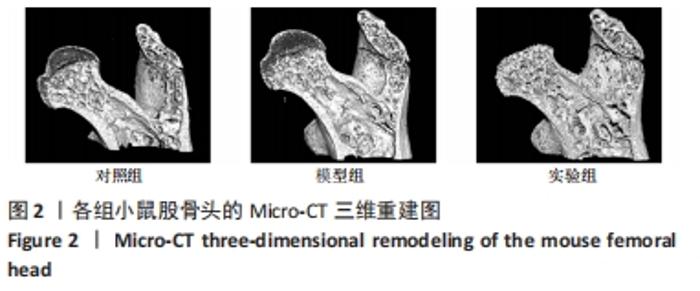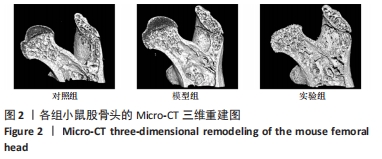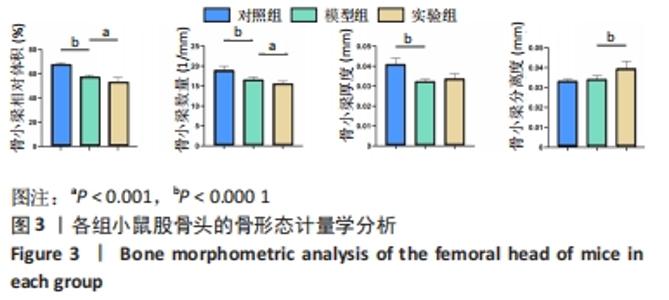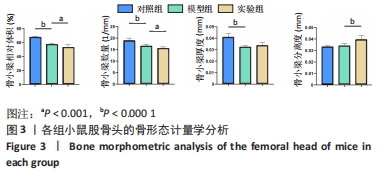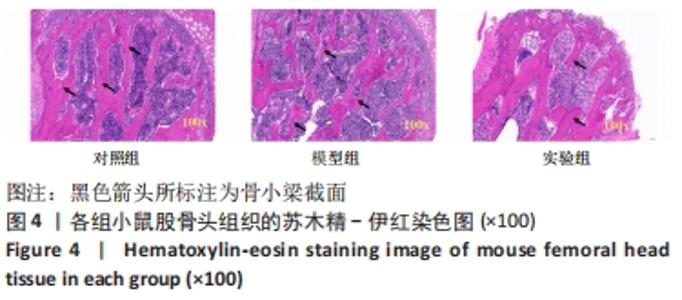[1] MALIZOS KN, KARANTANAS AH, VARITIMIDIS SE, et al.Osteonecrosis of the femoral head: etiology, imaging and treatment. Eur J Radiol. 2007;63(1):16-28.
[2] TAN G, KANG PD, PEI FX. Glucocorticoids affect the metabolism of bone marrow stromal cells and lead to osteonecrosis of the femoral head: a review. Chin Med J (Engl). 2012;125(1):134-139.
[3] ZHAO DW, YU M, HU K, et al. Prevalence of Nontraumatic Osteonecrosis of the Femoral Head and its Associated Risk Factors in the Chinese Population: Results from a Nationally Representative Survey. Chin Med J (Engl). 2015;128(21):2843-2850.
[4] HYMAN AJ, TUMOVA S, BEECH DJ. Piezo1 Channels in Vascular Development and the Sensing of Shear Stress. Curr Top Membr. 2017; 79:37-57.
[5] COSTE B, MATHUR J, SCHMIDT M, et al. Piezo1 and Piezo2 are essential components of distinct mechanically activated cation channels. Science. 2010;330(6000):55-60.
[6] COSTE B, MURTHY SE, MATHUR J, et al. Piezo1 ion channel pore properties are dictated by C-terminal region. Nat Commun. 2015;6: 7223.
[7] WU J, LEWIS AH, GRANDL J. Touch, Tension, and Transduction - The Function and Regulation of Piezo Ion Channels. Trends Biochem Sci. 2017;42(1):57-71.
[8] CHEN P, ZHANG G, JIANG S, et al. Mechanosensitive Piezo1 in endothelial cells promotes angiogenesis to support bone fracture repair [published online ahead of print, 2021 Jun 7]. Cell Calcium. 2021;97:102431.
[9] CHANG C, GREENSPAN A, GERSHWIN ME. The pathogenesis, diagnosis and clinical manifestations of steroid-induced osteonecrosis. J Autoimmun. 2020;110:102460.
[10] 王傲. 激素性股骨头坏死发病机制的研究进展[J]. 中国骨与关节损伤杂志,2016,31(4):445-446.
[11] 费腾,阎作勤. 激素性股骨头坏死发病机制的研究进展[J]. 中华关节外科杂志(电子版),2011,5(4):504-508.
[12] 赵钟涵,杜玉香,张玲莉. 机械敏感性离子通道蛋白Piezo1响应力学刺激的研究进展[J]. 生命的化学,2021,41(4):804-811.
[13] LI J, HOU B, TUMOVA S, et al. Piezo1 integration of vascular architecture with physiological force. Nature. 2014;515(7526):279-282.
[14] ALBUISSON J, MURTHY SE, BANDELL M, et al. Dehydrated hereditary stomatocytosis linked to gain-of-function mutations in mechanically activated PIEZO1 ion channels [published correction appears in Nat Commun. 2013;4:2440]. Nat Commun. 2013;4:1884.
[15] 黄鹏,尚画雨,李顺昌,等. 机械敏感离子通道Piezo1在心血管系统中的作用[J]. 生命的化学,2020,40(3):369-377.
[16] CAHALAN SM, LUKACS V, RANADE SS, et al. Piezo1 links mechanical forces to red blood cell volume. Elife. 2015;4:e07370.
[17] ZENG WZ, MARSHALL KL, MIN S, et al. PIEZOs mediate neuronal sensing of blood pressure and the baroreceptor reflex. Science. 2018; 362(6413):464-467.
[18] 吴霁,李萍. Piezo1离子通道在心血管病中的作用[J]. 中华高血压杂志,2021,29(3):228-232.
[19] ALBARRÁN-JUÁREZ J, IRING A, WANG S, et al. Piezo1 and Gq/G11 promote endothelial inflammation depending on flow pattern and integrin activation. J Exp Med. 2018;215(10):2655-2672.
[20] 赵璨. 机械敏感离子通道Piezo1与小鼠胰岛素抵抗的相关性及可能的炎症机制[D]. 南京:南京医科大学,2019.
[21] RETAILLEAU K, DUPRAT F, ARHATTE M, et al. Piezo1 in Smooth Muscle Cells Is Involved in Hypertension-Dependent Arterial Remodeling. Cell Rep. 2015;13(6):1161-1171.
[22] 刘蕾. 注射用血栓通抗血小板聚集及改善血流效应机制研究[D].北京:中国中医科学院,2020.
[23] SUGIMOTO A, MIYAZAKI A, KAWARABAYASHI K, et al. Piezo type mechanosensitive ion channel component 1 functions as a regulator of the cell fate determination of mesenchymal stem cells. Sci Rep. 2017;7(1):17696.
[24] SYEDA R, XU J, DUBIN AE, et al. Chemical activation of the mechanotransduction channel Piezo1. Elife. 2015;4:e07369.
[25] WANG L, YOU X, LOTINUN S, et al. Mechanical sensing protein PIEZO1 regulates bone homeostasis via osteoblast-osteoclast crosstalk. Nat Commun. 2020;11(1):282.
[26] ZARYCHANSKI R, SCHULZ VP, HOUSTON BL, et al. Mutations in the mechanotransduction protein PIEZO1 are associated with hereditary xerocytosis. Blood. 2012;120(9):1908-1915.
[27] JUSTESEN J, STENDERUP K, EBBESEN EN, et al. Adipocyte tissue volume in bone marrow is increased with aging and in patients with osteoporosis. Biogerontology. 2001;2(3):165-171.
|
